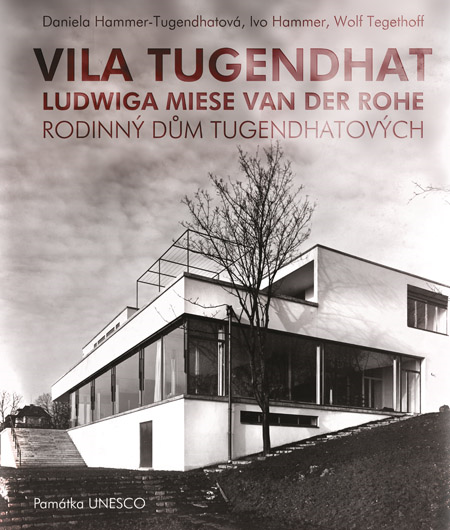
Life in the famous Tugendhat villa in Brno is brought closer by a new book
 |
Most of the previously published historical photographs capture the villa just after its completion, that is, with bare walls and without mature greenery. However, part of the concept by architect Ludwig Mies van der Rohe was a connection with nature. "Only from my father's photographs, which he took until 1938, can one fully imagine the intended aesthetic effect of the house," wrote Hammer-Tugendhatová in the book.
Also unique are the color photographs taken by Tugendhat using an experimental method that was unusual among contemporary amateurs.
Everyday life in the villa is documented not only by family photographs but also by memories of contemporaries, such as a governess who lived in the house. The authors noted, for example, her recollection of the panic that was caused among the Tugendhats by the unexpectedly announced visit of Mies van der Rohe. The house actually had a piano, a piece of furniture that the meticulous architect had not planned.
The book as a whole connects private, historical, and art-historical perspectives, including the results of scientific conservation research and documentation of recent reconstruction work. In addition to art historian Hammer-Tugendhatová, the book involved her husband Ivo Hammer, who served on the expert panel established for the villa's reconstruction, and the expert on the architect's work, Wolf Tegethoff.
The Villa Tugendhat, built from 1928 to 1930, ranks among the most important buildings of European modernism. The Tugendhat family fled Czechoslovakia from the Nazis, and the property later served various purposes. It is now accessible to the public and is cared for by the Museum of the City of Brno. In 2001, UNESCO included the villa in the World Heritage List.
The English translation is powered by AI tool. Switch to Czech to view the original text source.
0 comments
add comment












